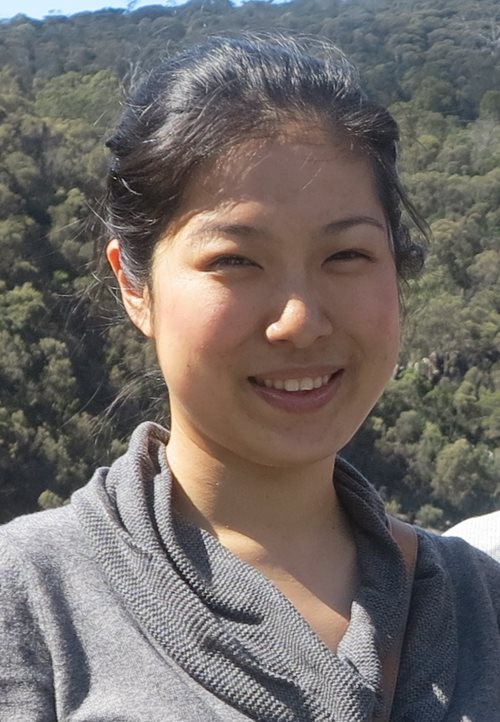April 8, 2016 Print
Researchers from The Westmead Institute for Medical Research (WIMR) have discovered a key enzyme that could drive the development of urgently needed anti-fungal drug alternatives in the fight against an AIDS-related fungus responsible for more than 500,000 deaths a year.
 PhD student Cecilia Li is first author on a paper that could lead to the development of urgently needed anti-fungal drug alternatives.
PhD student Cecilia Li is first author on a paper that could lead to the development of urgently needed anti-fungal drug alternatives.
Infectious disease PhD student, Cecilia Li, found a key enzyme in a cellular pathway crucial for the establishment of deadly meningitis by Cryptococcus neoformans, a fungal pathogen which causes a million cases of infection and 500,000 deaths in HIV-infected patients each year.
The research, published in Scientific Reports – an open access journal of the Nature Publishing Group – is the result of a six-year study culminating in the complete identification of the pathway responsible for producing IP7, a highly phosphorylated form of the sugar inositol, which is essential for normal cellular function.
The team led by Associate Professor Julianne Djordjevic previously established that IP7 is crucial for Cryptococcus to grow and establish life-threatening brain infections in patients with weakened immune systems, such as those with leukaemia and AIDS, as well as organ transplant recipients (Lev et al., mBio, 2015). Now they fully understand how IP7 is produced.
This new discovery uncovers an alternative avenue for the development of urgently needed anti-fungal drugs.
This new discovery uncovers an alternative avenue for the development of urgently needed anti-fungal drugs.
A/Prof Julianne Djordjevic says, “We believe this discovery could lead to a drug that blocks key enzymes responsible for producing IP7, and therefore block the ability of Cryptococcus to grow and spread to the brain within the patient.
“The drug could be used as stand-alone therapy or in combination with current drugs to treat fungal infections of the bloodstream in patients with poorly-functioning immune systems,” she says.
According to Ms Li, who was lead author on the paper, finding new treatments to kill the fungi which are non-toxic to humans is both a challenge and a major health priority.
“This is because fungal cells are more closely related to human cells than other disease-causing microorganisms such as bacteria and viruses, and fungal pathogens are becoming more drug-resistant,” Ms Li says.
The completed study is the first to confirm the important contribution of IP7 to the establishment of disease in a medically-relevant fungus.
Other members of the WIMR team working on the project are Dr Sophie Lev, Ms Desmarini Desmarini and Professor Tania Sorrell. Professor Adolfo Saiardi from the University College London is a key collaborator and world-leading expert in the production, isolation and function of phosphorylated inositols. Cecilia Li is supported by an Australian Postgraduate Award and the work was funded by NHMRC and BioPlatforms Australia.